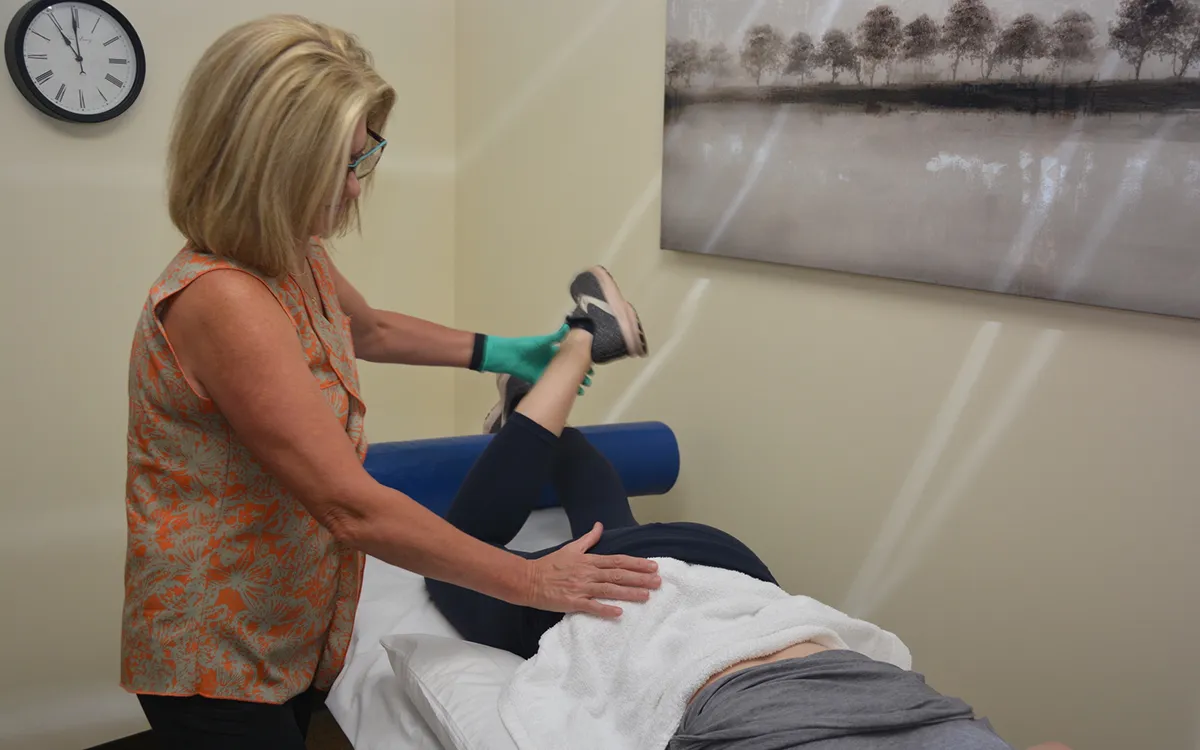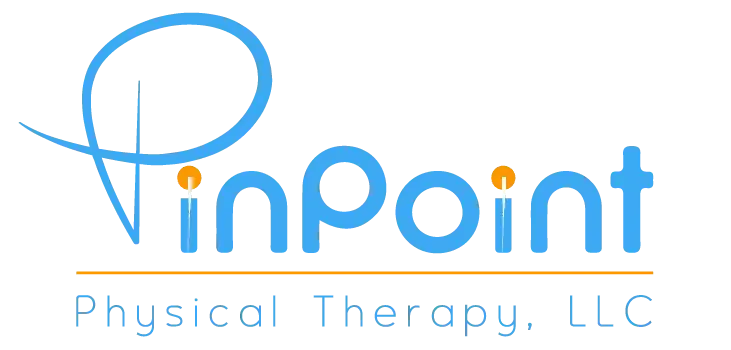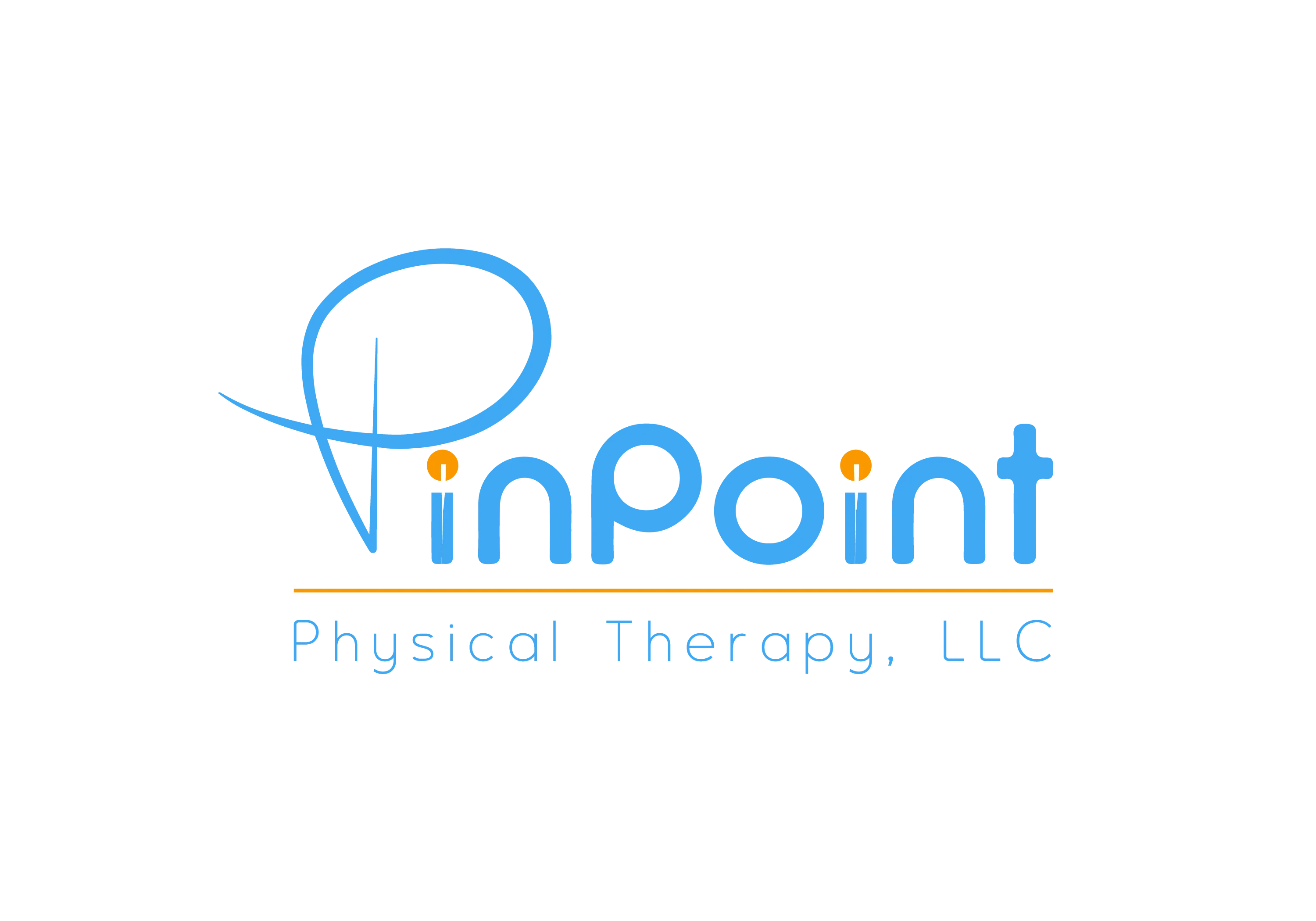Running Gait Analysis In Charlotte

Running is a popular form of exercise and a competitive sport enjoyed by millions of people worldwide. Whether you’re a casual jogger or an elite athlete, understanding and optimizing your running gait can significantly impact your performance and reduce the risk of injuries. Running gait analysis is a valuable tool used by runners, coaches, and healthcare professionals to assess and improve running technique. In this article, we will delve into the concept of running gait analysis, its benefits, and how it can help you become a better runner.
What is Running Gait Analysis?
Running gait analysis is a systematic evaluation of an individual’s running pattern, including stride length, foot strike, posture, and body mechanics. It involves observing, measuring, and interpreting various aspects of running technique to identify any biomechanical abnormalities or inefficiencies. By assessing these factors, gait analysis aims to optimize running form, enhance performance, and reduce the risk of overuse injuries.
Types of Running Gait Analysis
There are different methods and technologies used in running gait analysis, ranging from basic observational assessments to sophisticated motion capture systems. Here are three common approaches:
Visual Analysis: This is the most basic form of gait analysis and involves a trained professional visually assessing a runner’s technique. Observations may include foot strike pattern, arm swing, stride length, body alignment, and cadence. Although limited in its precision, visual analysis can still provide valuable insights into running form.
Treadmill Analysis: Treadmill gait analysis involves recording a runner while they run on a treadmill. This allows for a more controlled environment and better visibility of the runner’s gait. High-speed cameras are typically used to capture the movements, which can then be analyzed in slow motion to identify any abnormalities or imbalances.
Motion Capture Analysis: Motion capture systems utilize advanced technology to precisely measure and analyze a runner’s movements. These systems often employ markers placed on specific anatomical landmarks to track joint angles, joint forces, and ground reaction forces. The captured data is then processed using specialized software to generate detailed reports and visual representations of the runner’s gait.
Benefits of Running Gait Analysis
Running gait analysis offers numerous benefits to runners of all levels:
Injury Prevention: By identifying biomechanical issues or imbalances, gait analysis helps pinpoint potential areas of vulnerability that may lead to overuse injuries. It allows for targeted interventions, such as corrective exercises, strengthening programs, or footwear modifications, to reduce the risk of injury.
Performance Enhancement: Optimizing running form can enhance running efficiency and performance. Gait analysis can identify areas for improvement, such as stride length, foot strike, or cadence, enabling runners to make adjustments that maximize their speed and endurance.
Individualized Training: Gait analysis provides personalized insights into a runner’s unique biomechanics. This information can be used to tailor training programs, including specific exercises and drills, to address weaknesses and optimize performance. Individualized training plans can help runners achieve their goals more effectively.
Selection of Appropriate Footwear: Gait analysis plays a vital role in choosing the right running shoes. By analyzing factors such as foot strike pattern and pronation, experts can recommend footwear that provides proper support and stability, reducing the risk of injuries related to improper shoe selection.
Rehabilitation and Recovery: For runners recovering from injuries, gait analysis can aid in the rehabilitation process. By identifying compensatory movements or imbalances that may have contributed to the injury, gait analysis can guide targeted rehabilitation exercises and monitor progress throughout the recovery period.
The benefits of running gait analysis are far-reaching. It can help prevent injuries by identifying potential areas of vulnerability and allowing for targeted interventions. By addressing biomechanical issues or imbalances, runners can reduce the risk of overuse injuries and stay on track with their training goals.
Moreover, running gait analysis can enhance performance by optimizing running form. By making adjustments to stride length, foot strike, or cadence, runners can improve their running efficiency and maximize their speed and endurance. The personalized nature of gait analysis enables tailored training programs that focus on individual weaknesses and help runners achieve their full potential.
Selecting the right footwear is another crucial aspect of gait analysis. By analyzing factors such as foot strike pattern and pronation, experts can recommend running shoes that provide appropriate support and stability. Wearing the right shoes can minimize the risk of injuries associated with improper footwear and ensure a more comfortable and enjoyable running experience.
Gait analysis also plays a vital role in the rehabilitation and recovery of runners who have been injured. By identifying compensatory movements or imbalances that may have contributed to the injury, gait analysis can guide targeted rehabilitation exercises. Monitoring progress through subsequent analyses can help track improvements and ensure a safe return to running.
It’s important to note that running gait analysis is not limited to professional athletes or those experiencing injuries. Runners of all levels can benefit from understanding their running technique and making improvements accordingly. Whether you’re a recreational runner, a marathon enthusiast, or someone looking to get into running for the first time, gait analysis can provide valuable insights and contribute to a healthier and more enjoyable running experience.
If you’re considering undergoing running gait analysis, it’s advisable to seek the expertise of a qualified professional such as a sports scientist, physical therapist, or running coach. They will have the knowledge and experience to accurately assess your gait, interpret the results, and provide appropriate recommendations for improvement.
Get the Help You Deserve
Running gait analysis is a valuable tool for runners seeking to optimize their performance and reduce the risk of injuries. Whether you’re a beginner or an experienced runner, understanding your running gait and making necessary adjustments can have a significant impact on your overall running experience. By utilizing various methods of analysis, such as visual observation, treadmill analysis, or motion capture systems, you can gain valuable insights into your biomechanics and running technique.



